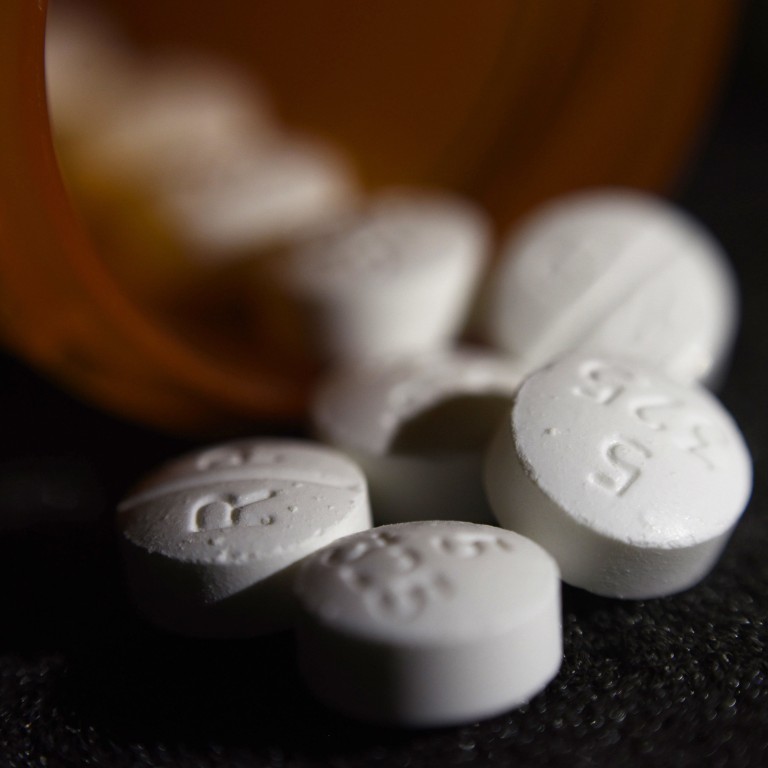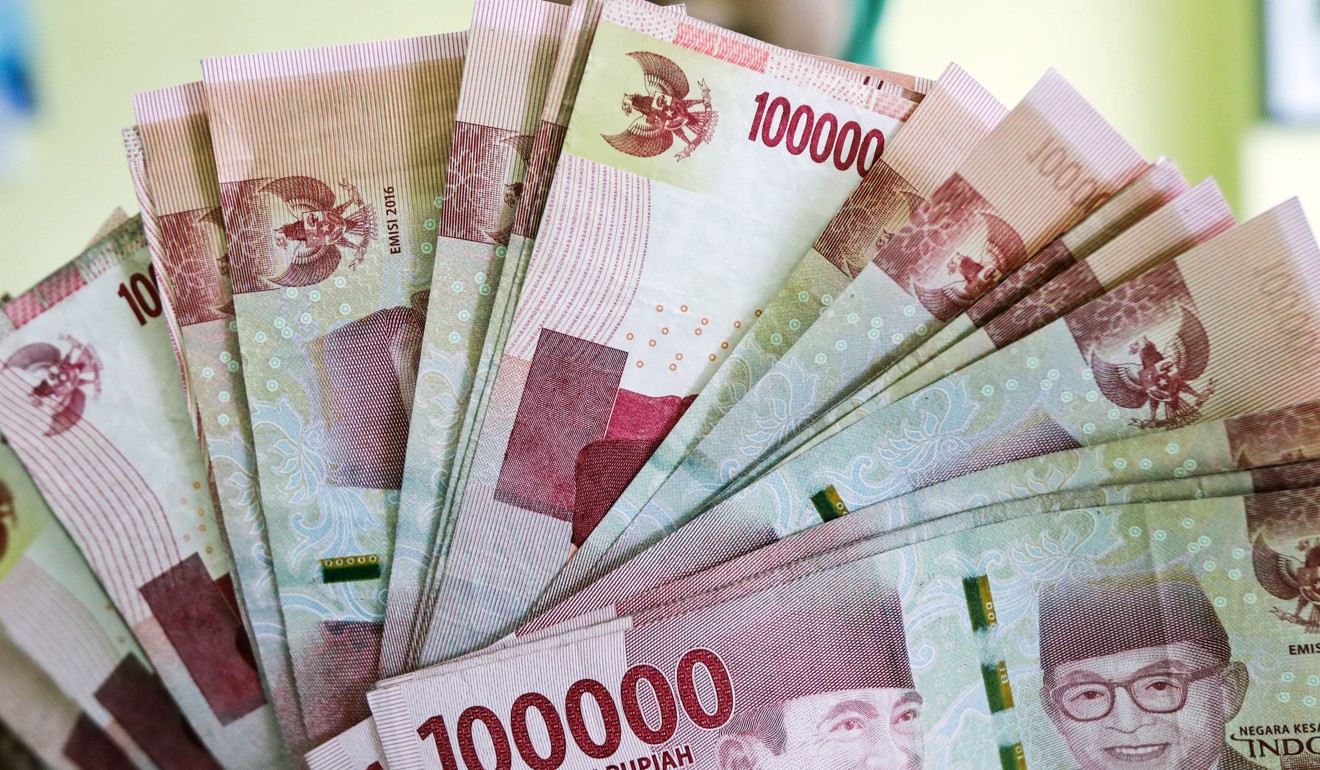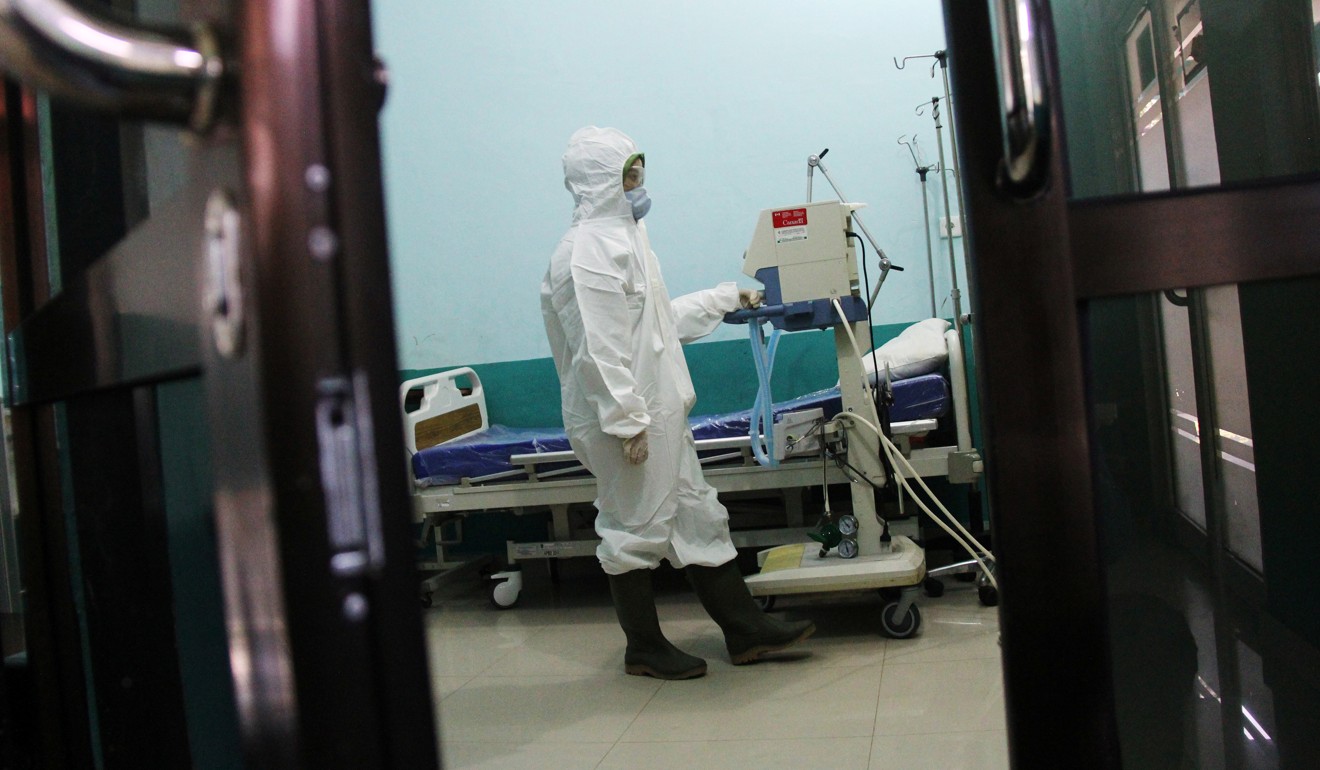
China could be key partner in lifting Indonesia’s pharmaceutical industry
- Indonesia’s health care system has flourished because of reforms, but the country’s pharmaceuticals sector faces a price squeeze from expensive raw materials
- An expanded investment agreement with China would help Indonesian drug makers thrive and keep the country’s health care mandate on track
Opinion: Indonesia’s policy misstep is Vietnam’s pharmaceutical opportunity
A closer look at a few key facts surrounding the partnership underlines how China could become Indonesia’s strongest partner in the pharmaceutical sector, undergirding Indonesia’s health care reform.

Because of the expanded patient coverage in Indonesia, the demand for drugs has increased significantly. In the year after the health insurance programme was started, the pharmaceutical industry grew 11.8 per cent, with a total value of US$4.6 billion – or US$19 per capita. Since then, the pharmaceutical industry has grown steadily at about 6 per cent per year.
The number of Indonesians using the programme has also increased steadily. The programme recorded 92.3 million hospital and health care provider visits in its first year, and that number had grown to 277.9 million by August 2019.
Why Indonesia’s drugs problem is getting worse despite ‘shoot on sight’ orders
On average, 700,000 JKN-KIS participants use the service every single day. The intended use of JKN-KIS includes visits to community health clinics (Puskesmas) and individual practice doctors, outpatient polyclinics in hospitals, and inpatient visits to hospitals.
The programme has proven to be a success, with life expectancy in the country increasing an average of 2.9 years since it began, according to the BPJS’s own figures, which also show 1.16 million people being lifted out of poverty and 14.5 million people being protected from even more severe poverty.
Beyond its extraordinary ambitions and achievements, JKN-KIS faces a major problem: its finances. Last year, the BPJS’s deficit amounted to 28.5 trillion rupiah (US$2.1 billion) and it is behind on payments to pharmaceutical companies.

Although drug production and sales have increased due to rising demand, pharmaceutical companies are expected to continue to suffer losses if the BPJS cannot pay its bills. And the pharmaceutical companies face an additional price squeeze from the high cost of raw materials, 90 per cent of which come from China and India.
Vincent Harijanto, chairman of the Committee on Trade and Industry of Pharmaceutical Raw Materials, said Indonesia’s pharmaceutical industry would face difficulties if the rupiah exchange rate continued to weaken and the price of foreign raw materials could not be controlled, making it even more difficult for drug companies to pay their foreign suppliers.
In addition, pharmaceutical companies cannot raise drug prices – and increase profits – because they are regulated by the Ministry of Health, which has scheduled the use of generic drugs for JKN-KIS services to be settled at low prices.
China pharma must swallow that jagged little pill called R&D
Still, the pharmaceutical industry’s 6 per cent growth per annum is far above the country’s economic growth, and the contribution of JKN-KIS alone to the Indonesian economy is predicted to reach 289 trillion rupiah in 2021. This shows the lucrative investment potential in the drug manufacturing sector – and points to where China could step in to play a major role.
The pharmaceuticals sector is a major target industry under Beijing’s “Made in China 2025” plan. In late 2018, China’s pharmaceutical industry – valued at around US$137 billion – surpassed Japan’s as the second-largest in the world after the United States.
China is now looking to expand to overseas markets and, thanks to the 2025 plan, Indonesia can also hope to benefit from this fast-growing industry.

Combined with the increasing trend of economic trade between China and Indonesia, the Indonesian government needs to expand investment agreements into the lucrative pharmaceutical sector, which would benefit both countries.
The government should negotiate with China to reach reasonable price agreements on raw pharmaceutical materials so the JKN-KIS programme can continue to successfully carry out its social mission. In exchange, the Indonesian government can promise China a substantial market share.
Without such agreements, the Indonesian government cannot guarantee the availability of affordable raw materials for pharmaceutical companies, risking delays in drug production and distribution and causing shortages in health care centres nationwide.
Indonesia’s mentally ill and online group bringing sufferers and carers together
In such a scenario, Indonesian patients would suffer. For example, drugs that should be given four times a day would be cut to twice a day because of scarcities, resulting in a delayed healing process for patients and in some cases resistance to drugs. With the prevalence of diseases in Indonesia still at very high levels, this domino effect would only worsen the country’s health profile.
In sum, the momentum for China’s growing investment cooperation with Indonesia must be advanced to the health sector, and with it, Indonesian’s pharmaceutical industry can continue to expand and become more efficient, with drug prices well controlled and the management of JKN services greatly improved.

